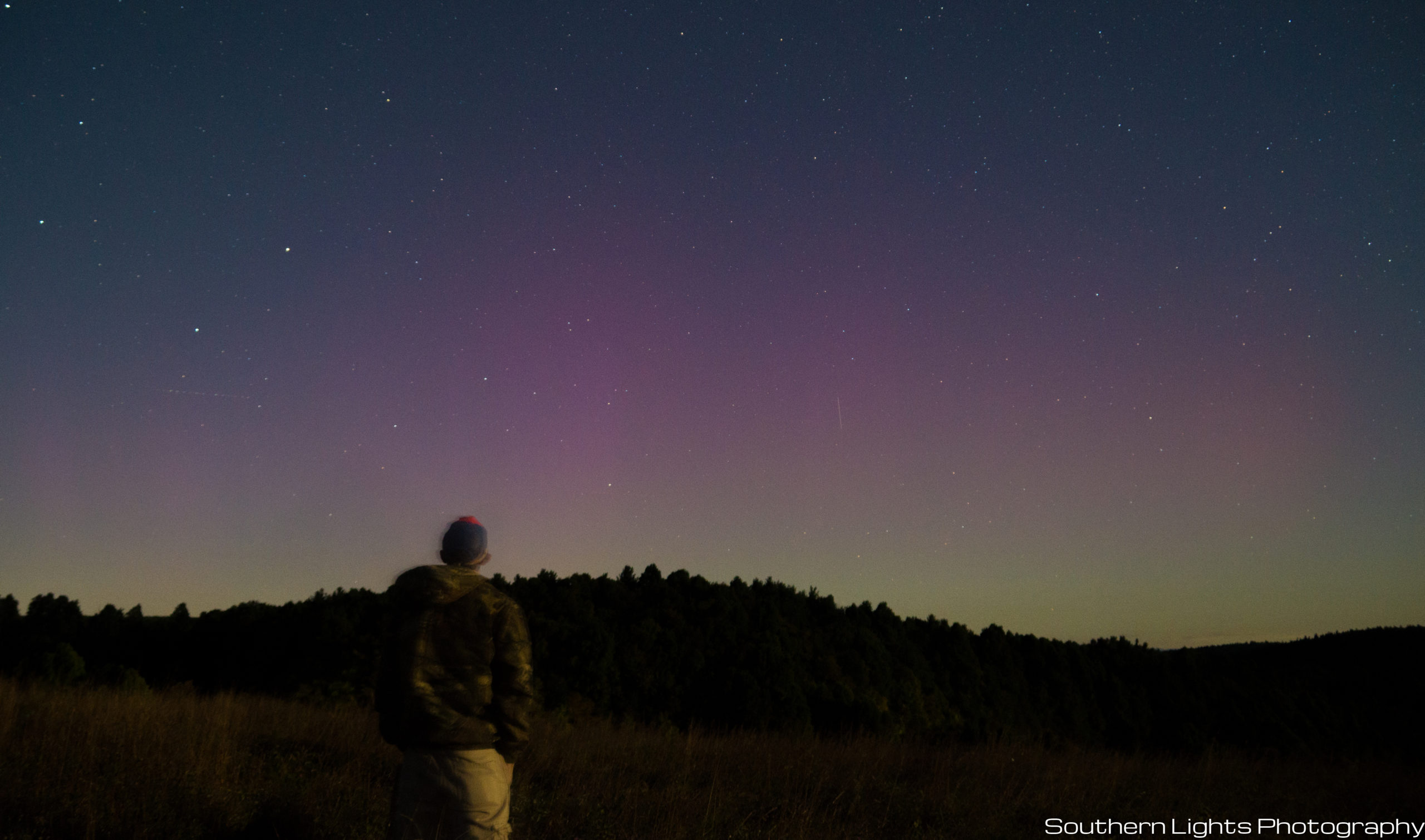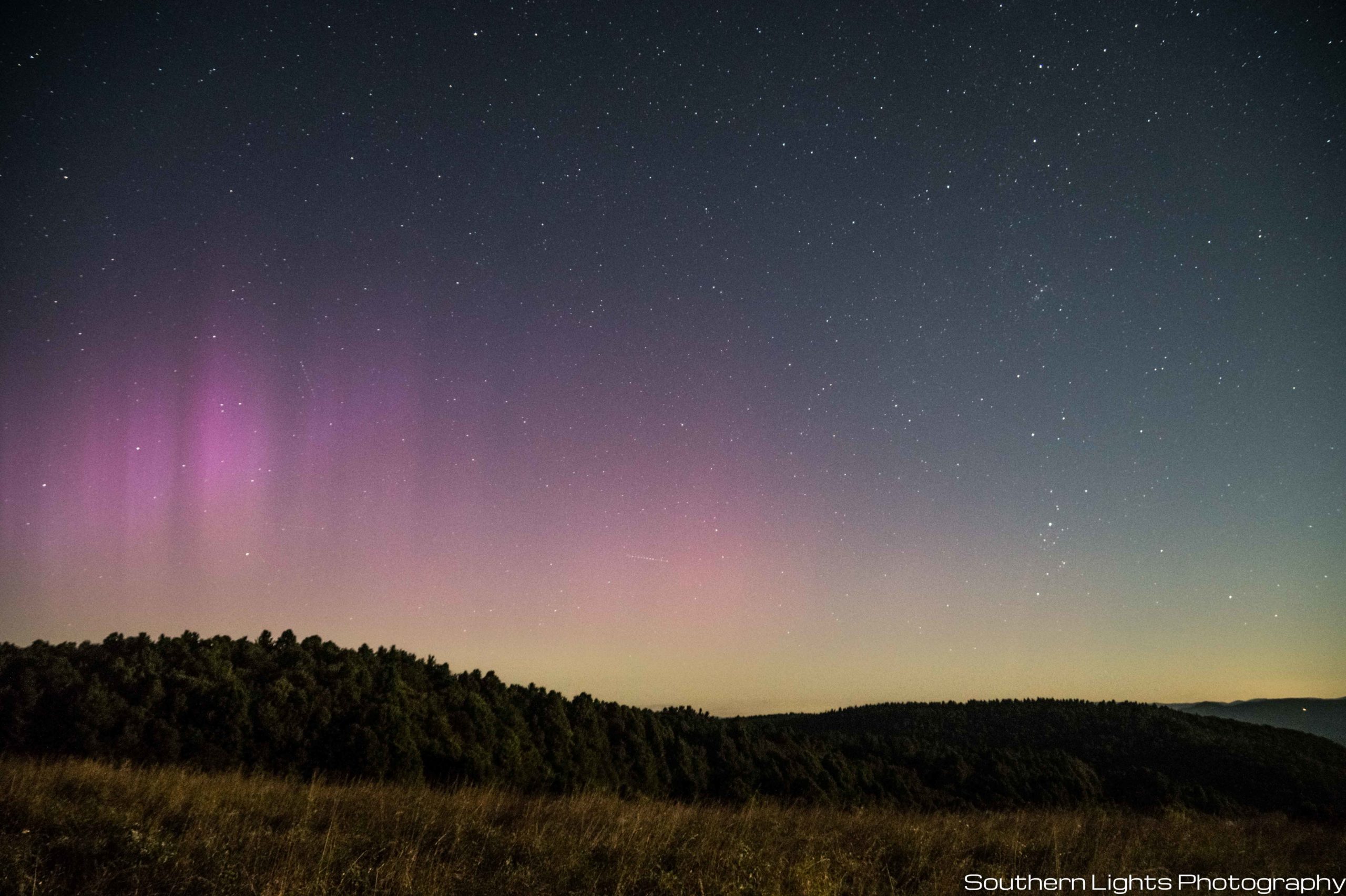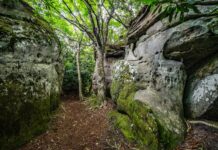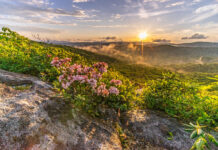
This past week the sun unleashed a series of solar flares. You may have seen something about it on the news or social media. These days many media outlets try to overhype these events for clicks and views. In fact I wrote an article dispelling some myths about these solar storms just last fall. I’ve linked it below for those interested, especially as we head deeper into the new solar cycle.
Over the past decade I have become an avid chase of auroras. Spending that time living in Georgia and North Carolina you could say I’m not exactly the brightest for spending time on this. After all, seeing auroras here south of the Mason Dixon line isn’t exactly easy. They are exceedingly rare usually only happening a 3-4 times per solar cycle, so 3-4 times over 11 years or so. Dim ones along the horizon are slightly more common. My location currently near the Virginia border does help to view them some.
I don’t know when I took my first aurora chase, but it was probably sometime around the 2012-2013 timeframe. I was working part time at the North Georgia Astronomical Observatory outside Dahlonega at the time while going to school at UNG. My interest in space and weather combined for a fascination with this “space weather”.
I had no doubt “chased” several times before I was finally successful in June of 2015. The sun had unleashed multiple flares in the June 20-21 timeframe and these resulted in a strong solar storm on the evening of June 22nd. I was monitoring the solar weather using a few sites (namely www.spaceweatherlive.com) and headed up when it appeared our chances were quite good. I ran into a couple friends on the way and we all made the trek up to Richard Russell Scenic Highway.
One thing to note about auroras in the south is that they are almost never very bright. They are usually fairly dim and limited to the northern parts of the sky. This has been the case both times I have seen them. The last time auroras appeared overhead was in October of 2003.
That evening I captured one of the few photographs in existence of aurora borealis over the state of Georgia. Brasstown Bald and surrounding peaks can be seen in the background with auroras dancing overhead. The show lasted no more than 20 minutes before they faded away to their “normal” home.
I would try many, many times over the coming several years. As solar cycle 24 peaked we saw plentiful solar storms. I usually only head out during strong G3 or low-end G4 conditions at the worst, and those happen about 100 times per cycle. Just a handful make it this far south. My next successful chase came in August of 2018. I had captured some very dim, red auroras along the horizon earlier that year but they were nothing compared to what myself and my best friend would see that August evening.
We headed out a bit after sunset to try and catch them. It was quite chilly, a common occurrence here in the high country of North Carolina. We drove up the Blue Ridge Parkway to an overlook simply called “the Lump”. It is a grassy hill with an excellent view to the north and well away from light pollution. This show would last a bit longer than the one I had seen in 2015. The dim auroras danced from left to right across the sky, with just the brighter bands visible to the naked eye.

 These two events would fuel the naming of my photography “business” or name: Southern Lights Photography.
These two events would fuel the naming of my photography “business” or name: Southern Lights Photography.
Auroras are just one form of “light” I chase alongside sunsets, rainbows, waterfalls and any scene that is beautiful.
With Solar Cycle 25 in full swing I will no doubt be making more drives into the night to try and catch the elusive auroras as they take their brief vacations to our latitude.
Have a great week!






